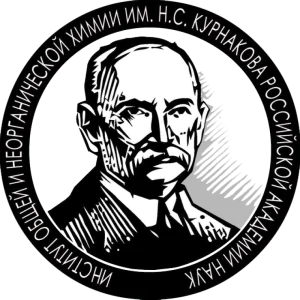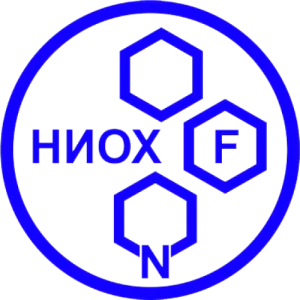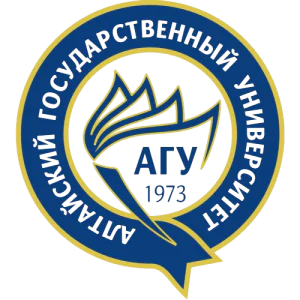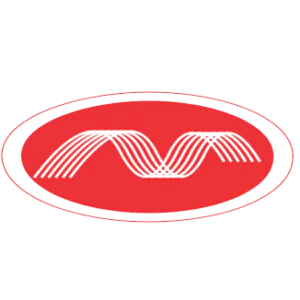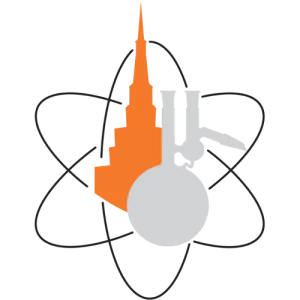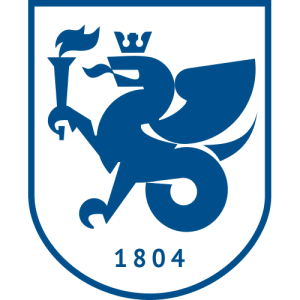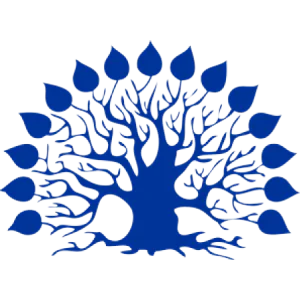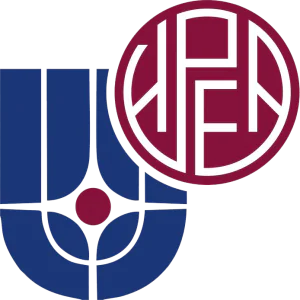
Supramolecular organogels based on N-benzyl, N′-acylbispidinols
The acylation of unsymmetrical N-benzylbispidinols in aromatic solvents without an external base led to the formation of supramolecular gels, which possess different thicknesses and degrees of stability depending on the substituents in para-positions of the benzylic group as well as on the nature of the acylating agent and of the solvent used. Structural features of the native gels as well as of their dried forms were studied by complementary techniques including Fourier-transform infrared (FTIR) and attenuated total reflection (ATR) spectroscopy, atomic force microscopy (AFM), transmission electron microscopy (TEM), scanning electron microscopy (SEM), and small-angle X-ray scattering and diffraction (SAXS). Structures of the key crystalline compounds were established by X-ray diffraction. An analysis of the obtained data allowed speculation on the crucial structural and condition factors that governed the gel formation. The most important factors were as follows: (i) absence of base, either external or internal; (ii) presence of HCl; (iii) presence of carbonyl and hydroxyl groups to allow hydrogen bonding; and (iv) presence of two (hetero)aromatic rings at both sides of the molecule. The hydrogen bonding involving amide carbonyl, hydroxyl at position 9, and, very probably, ammonium N-H+ and Cl− anion appears to be responsible for the formation of infinite molecular chains required for the first step of gel formation. Subsequent lateral cooperation of molecular chains into fibers occurred, presumably, due to the aromatic π−π-stacking interactions. Supercritical carbon dioxide drying of the organogels gave rise to aerogels with morphologies different from that of air-dried samples.
Top-30
Journals
|
1
2
3
|
|
|
Mendeleev Communications
3 publications, 23.08%
|
|
|
Russian Chemical Reviews
2 publications, 15.38%
|
|
|
Journal of Organometallic Chemistry
1 publication, 7.69%
|
|
|
ACS Medicinal Chemistry Letters
1 publication, 7.69%
|
|
|
Doklady Chemistry
1 publication, 7.69%
|
|
|
Nanomaterials
1 publication, 7.69%
|
|
|
Russian Chemical Bulletin
1 publication, 7.69%
|
|
|
Russian Journal of General Chemistry
1 publication, 7.69%
|
|
|
Chemistry
1 publication, 7.69%
|
|
|
Organic Process Research and Development
1 publication, 7.69%
|
|
|
1
2
3
|
Publishers
|
1
2
3
4
|
|
|
Elsevier
4 publications, 30.77%
|
|
|
Autonomous Non-profit Organization Editorial Board of the journal Uspekhi Khimii
2 publications, 15.38%
|
|
|
American Chemical Society (ACS)
2 publications, 15.38%
|
|
|
Pleiades Publishing
2 publications, 15.38%
|
|
|
MDPI
2 publications, 15.38%
|
|
|
Springer Nature
1 publication, 7.69%
|
|
|
1
2
3
4
|
- We do not take into account publications without a DOI.
- Statistics recalculated weekly.



